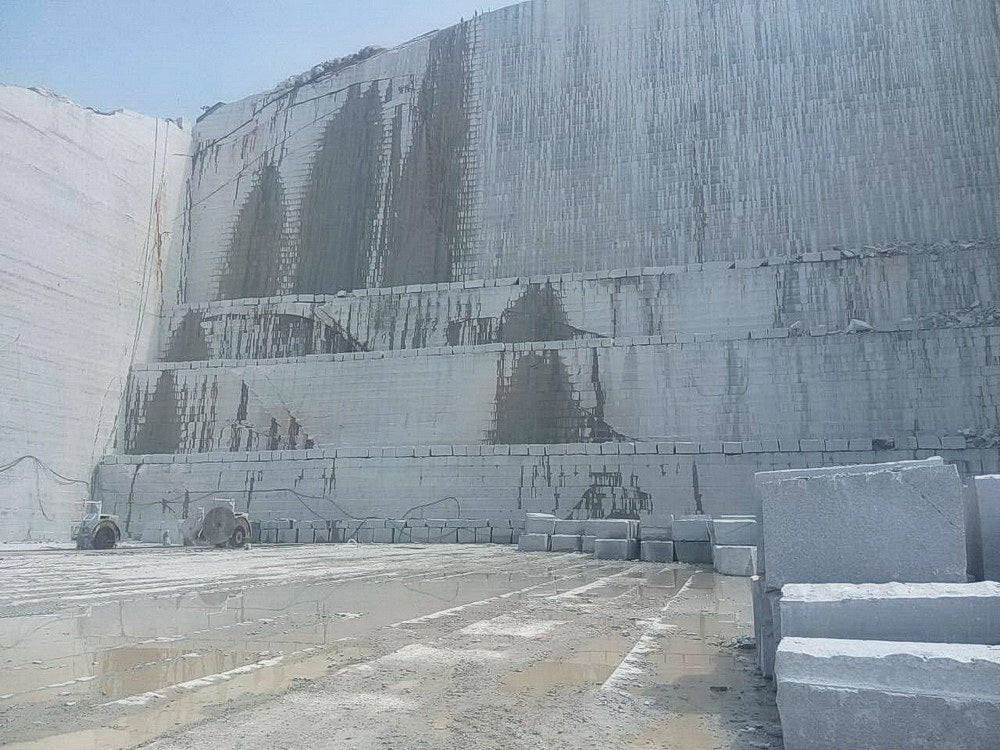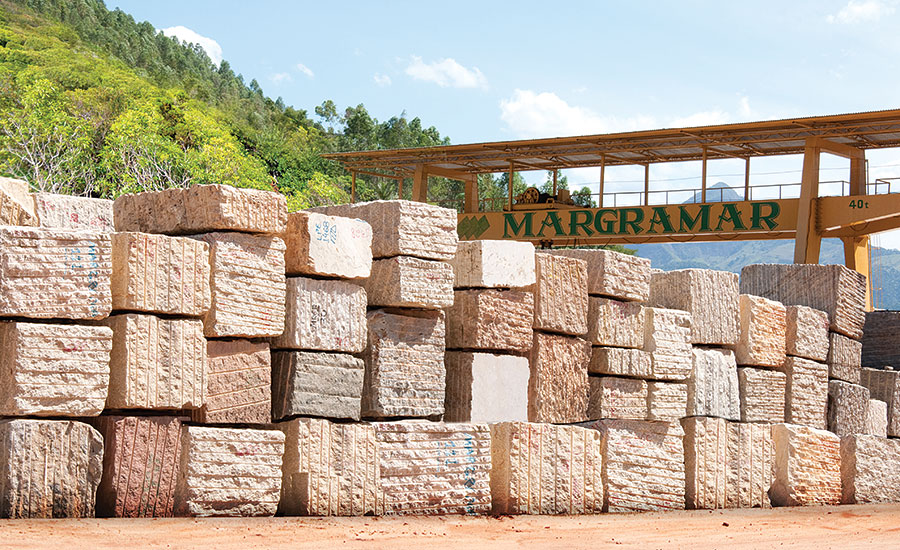Unearthing the Rich History and Lasting Practices of Granite Quarrying
As we base on the precipice of revealing the complex tapestry of granite quarrying, a journey with time reveals not simply the physical act of extracting stone yet likewise the social and historical relevance woven into the extremely textile of this method. From the old origins that laid the foundation for modern-day quarrying techniques to the sustainable techniques that are shaping the future of this market, each carve mark on granite surfaces informs a tale waiting to be unearthed (granite quarries in south africa). The tradition of granite quarrying extends far beyond simple removal; it is a testament to human ingenuity, durability, and the long-lasting allure of this marvelous stone
Old Beginnings of Granite Quarrying
Dating back to old worlds, the practice of quarrying granite has actually been an indispensable part of human history and building innovation. The earliest evidence of granite quarrying dates back to old Egypt, where massive pyramids and elaborate sculptures were crafted from this long lasting rock. The Egyptians made use of primitive devices to remove granite blocks from quarries, showcasing the value of this product in their huge building and constructions.
Progressing in history, the Greeks also made significant contributions to the quarrying of granite. The Greeks used granite in various architectural wonders, such as holy places and statues, demonstrating their skill in shaping and carving this hardy stone. The Romans better improved the strategies of quarrying granite, using innovative devices like blades and hammers to essence and shape granite for their iconic frameworks.
Via the centuries, the technique of quarrying granite has actually developed, with modern technologies boosting performance while preserving the timeless appeal of this all-natural rock - granite quarries in south africa. From ancient civilizations to modern building contractors, the tradition of granite quarrying continues to form our globe
Development of Quarrying Techniques
The advancement of quarrying methods has been noted by a constant progression in the direction of higher efficiency and accuracy in drawing out granite. From the basic techniques utilized by our ancestors to the advanced technologies used in contemporary quarrying procedures, the market has undertaken substantial innovations. Early quarrying techniques involved manual work with fundamental devices such as blades, hammers, and wedges to extract granite blocks from the earth. As civilizations advanced, techniques like fire-setting and primitive dynamites were presented to help with the removal process.
In even more recent times, the introduction of equipment revolutionized the quarrying industry, allowing much faster removal rates and enhanced efficiency. Technologies such as ruby cord saws, high-pressure water jets, and pneumatic drills have ended up being standard in contemporary quarries, enabling for specific cutting and lowered waste. Furthermore, developments in computer-controlled devices and 3D modeling have actually maximized quarrying procedures, bring about marginal ecological influence and improved sustainability practices. As the demand for granite continues to increase, the evolution of quarrying strategies continues to be indispensable to conference market requires efficiently and sustainably.
Cultural Value of Granite
Granite holds an extensive cultural significance throughout different worlds because of its long-lasting existence in architectural work of arts and respected monuments. From the majestic pyramids of read here Egypt to the detailed carvings of the Angkor Wat holy place in Cambodia, granite has been a product of option for expressing magnificence and longevity in social heritage. In ancient Rome, granite columns embellished temples and public structures, symbolizing toughness and permanence. The social importance of granite expands beyond its physical features; it embodies strength, security, and timelessness, making it an icon of enduring traditions and practices.

Lasting Practices in Quarrying
Among the rich history of granite quarrying and its cultural value exists a growing emphasis on lasting techniques within the market. As ecological understanding and issues about source deficiency have actually enhanced worldwide, the quarrying market has actually significantly welcomed lasting methods to minimize its influence on the environment and surrounding communities.

Furthermore, improvement and rehab of quarry websites post-extraction are indispensable to sustainable methods. By recovering quarried locations to an all-natural or advantageous state, such as producing wild animals environments or entertainment rooms, quarriers can offset the environmental footprint of their operations and contribute positively to the local community.
Tradition of Granite Quarrying
With a historic background steeped in craftsmanship and industrial development, what withstanding effect has granite quarrying left on the landscape of modern-day culture? The heritage of granite quarrying goes beyond simple removal techniques; it has redirected here actually shaped architectural wonders, metropolitan landscapes, and cultural heritage worldwide. The durable nature of granite has made it a favored option for monuments, structures, and facilities, standing as a testament to the ability and artistry of quarry workers across generations.
Furthermore, the economic footprint of granite quarrying can not be overlooked. The market remains to offer employment chances and drive local economies in regions where granite removal is common. It has also stimulated technological developments in quarrying techniques and tools, causing much more reliable and sustainable practices.
In terms of sustainability, the tradition of granite quarrying consists of efforts to minimize environmental influences through recovery projects and accountable source management. By stabilizing financial interests with ecological stewardship, the sector strives to make sure that future generations can remain to gain from this long-lasting all-natural resource.
Final Thought

Comments on “The Surprise Treasures: Discovering Granite Quarries in South Africa”